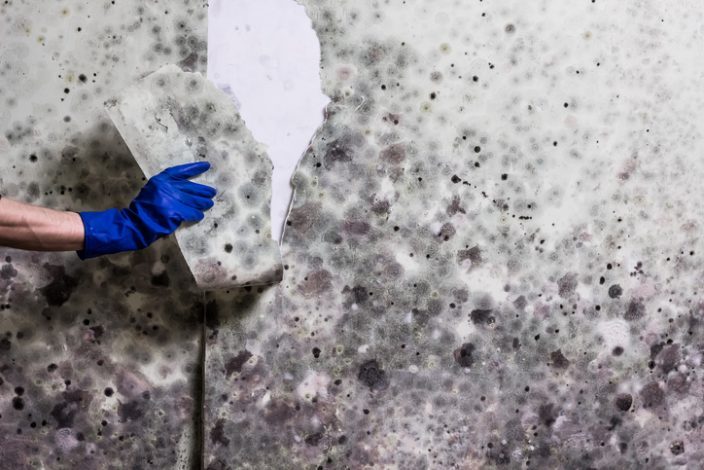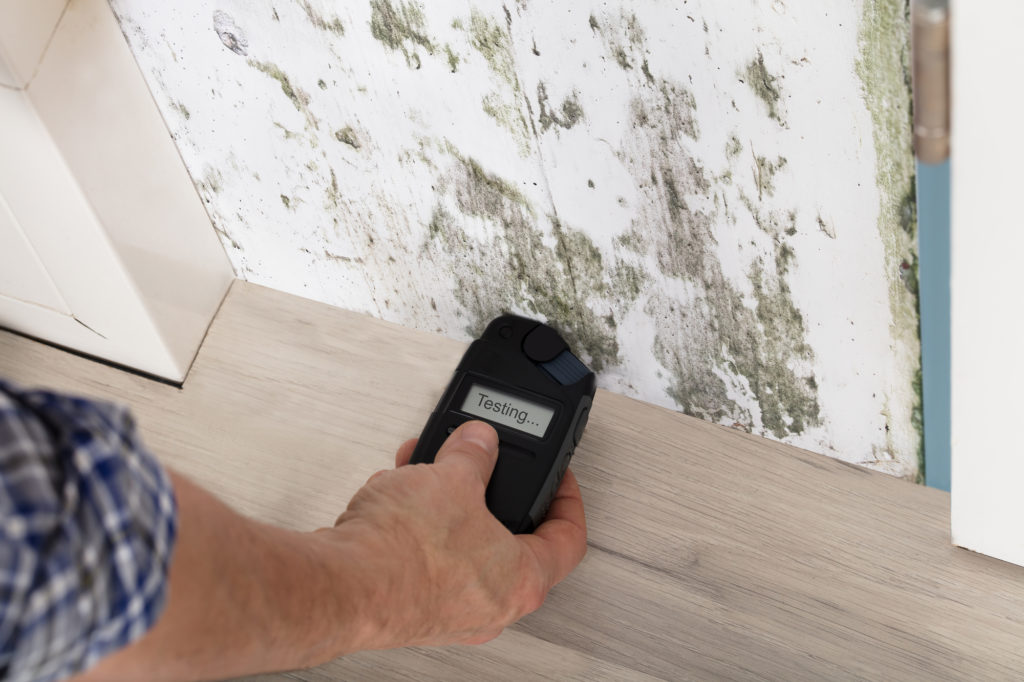Guidance on What to Do After Mold Remediation
Wiki Article
Specialist Tips for Article Mold Removal Success
In the world of mold removal, successfully eradicating mold and mildew is just half the battle; truth obstacle depends on avoiding its reappearance. Post-remediation efforts play a critical role in guaranteeing a mold-free setting in the long-term. By sticking to experienced suggestions and finest methods, individuals can secure their areas against mold revival and maintain a healthy indoor setting. It remains in this phase of the remediation process that attention to information and aggressive measures truly make a difference.
Display Moisture Levels Regularly
Regular tracking of humidity levels is essential in making sure the efficiency of article mold remediation initiatives. After finishing mold removal treatments, maintaining ideal humidity degrees is crucial to stop mold and mildew re-growth and guarantee a healthy interior environment. Tracking humidity levels permits very early detection of any spikes or changes that could possibly lead to mold and mildew resurgence. High moisture degrees above 60% produce a conducive setting for mold to grow, making routine keeping an eye on a proactive step to stop any kind of future mold issues - Post Mold Remediation.Using hygrometers or wetness meters can help in properly gauging moisture degrees in various locations of the residential property. These devices give real-time information that makes it possible for removal specialists to make enlightened choices regarding air flow, dehumidification, and various other essential activities to preserve suitable moisture levels post-remediation. Additionally, establishing a routine schedule for moisture checks, specifically in risky locations such as cooking areas, washrooms, and cellars, is a positive method to mold prevention. By continually keeping track of moisture degrees, homeowner can effectively mitigate the threat of mold reoccurrence and maintain a healthy and balanced indoor setting post-remediation.
Conduct Thorough Inspections Post-Remediation
Following the conclusion of mold removal treatments, it is critical to carry out comprehensive examinations to confirm the performance of the remediation procedure. These post-remediation examinations are essential in making certain that the mold concern has actually been effectively attended to and that there is no recurrence or continuing to be mold and mildew growth. Evaluations must be lugged out by certified professionals who have know-how in recognizing mold and mildew and assessing indoor air high quality.Throughout these examinations, numerous methods such as visual evaluations, air tasting, and surface area tasting may be used to completely review the remediated locations. Aesthetic analyses entail a detailed evaluation of the facilities to look for any kind of noticeable indications of mold growth or water damage. Air tasting aids in establishing the air-borne mold and mildew spore levels, while surface sampling can spot mold fragments on surface areas.
Implement Appropriate Air Flow Approaches
After making certain the efficiency of the mold remediation procedure via extensive assessments, the following vital step is to focus on implementing correct ventilation strategies. Adequate ventilation is necessary in avoiding mold and mildew reoccurrence by controlling dampness degrees and promoting air circulation.
Appropriate ventilation not only aids in avoiding mold and mildew development however likewise adds to the general wellness and comfort of passengers. By ensuring sufficient ventilation throughout the residential property, you can reduce the danger of mold and mildew regrowth and create a much healthier living environment. Regular upkeep of air flow systems, including cleansing and filter replacements, is critical to maintaining efficient ventilation. Consulting with HVAC professionals can offer additional understandings into enhancing air flow methods for your details home requirements.

Use Mold-Resistant Products for Fixes
To enhance the long-term effectiveness of mold remediation efforts, incorporating mold-resistant products for repairs is Post Mold remediation cleaning critical in reducing the danger of future mold and mildew growth. Mold-resistant materials are made to stand up to moisture and hinder mold development, making them a crucial option for areas susceptible to dampness and moisture. When repairing locations affected by mold and mildew, utilizing materials such as mold-resistant drywall, mold-resistant paints, and mold-resistant caulking can assist protect against mold recurrence.Mold-resistant drywall is a superb option to typical drywall in areas like bathrooms and cellars where moisture levels are higher. This sort of drywall has a special coating that stands up to mold development also when subjected to damp problems. In addition, making use of mold-resistant paints including antimicrobial representatives can further prevent mold and mildew development on walls and ceilings.
In areas where wetness prevails, such as restrooms and kitchens, utilizing mold-resistant caulking around bathtubs, sinks, and home windows can assist seal out water and avoid mold from taking hold in splits and holes. By buying these mold-resistant materials during repair work post-remediation, you can substantially lower the possibility of future mold problems and maintain a much healthier indoor setting.
Maintain Tidiness and Address Water Issues
Making sure tidiness and immediately dealing with water problems are fundamental techniques to promote in guarding interior areas from mold reinfestation. After mold removal, it is vital to preserve a clean environment to protect against the regrowth of mold and mildew (After mold remediation). Regular cleansing, cleaning, and vacuuming can assist remove any kind of remaining mold spores and avoid them from working out and proliferating. In addition, maintaining indoor rooms completely dry and addressing any water concerns promptly is essential in mold prevention. Leakages, water breach, or high moisture degrees can develop the excellent breeding place for mold, so it is essential to take care of any water-related issues quickly.To keep sanitation, consider using HEPA filters in vacuums and air cleansers to catch mold spores and prevent their flow airborne. Making sure appropriate air flow in locations susceptible to moisture build-up, such as cooking areas and washrooms, can aid maintain moisture levels in check. By staying cautious regarding cleanliness and addressing water issues without delay, you can properly protect against mold and mildew reinfestation and preserve a healthy interior setting.
Final Thought

In the world of mold and mildew remediation, effectively getting rid of mold is just half the fight; the true challenge exists in stopping its reappearance. After finishing mold remediation treatments, keeping optimal humidity degrees is important to protect against mold re-growth and make sure a healthy and balanced indoor setting. High moisture levels over 60% produce a helpful atmosphere for mold and mildew to prosper, making normal monitoring an aggressive measure to avoid any future mold and mildew problems.
To boost the lasting efficiency of mold remediation efforts, including mold-resistant products for repairs is vital in alleviating the risk of future mold and mildew growth. After mold remediation, it is critical to maintain a clean environment to protect against the regrowth of mold and mildew.
Report this wiki page